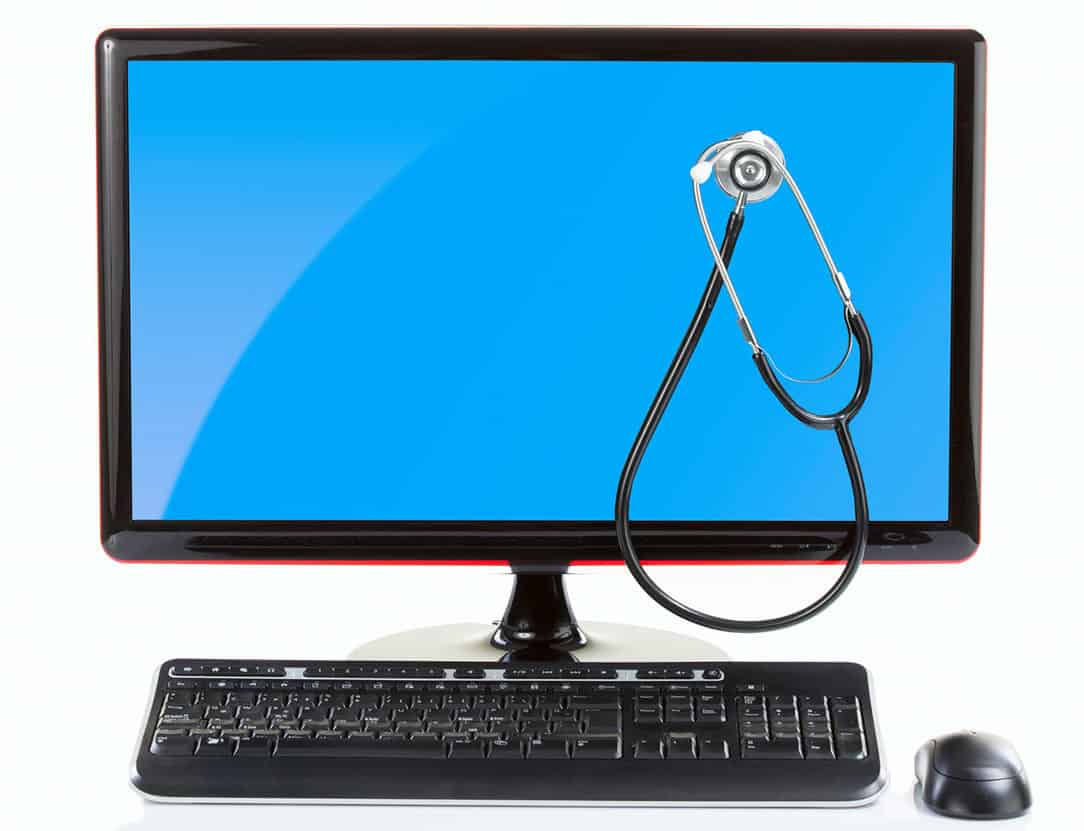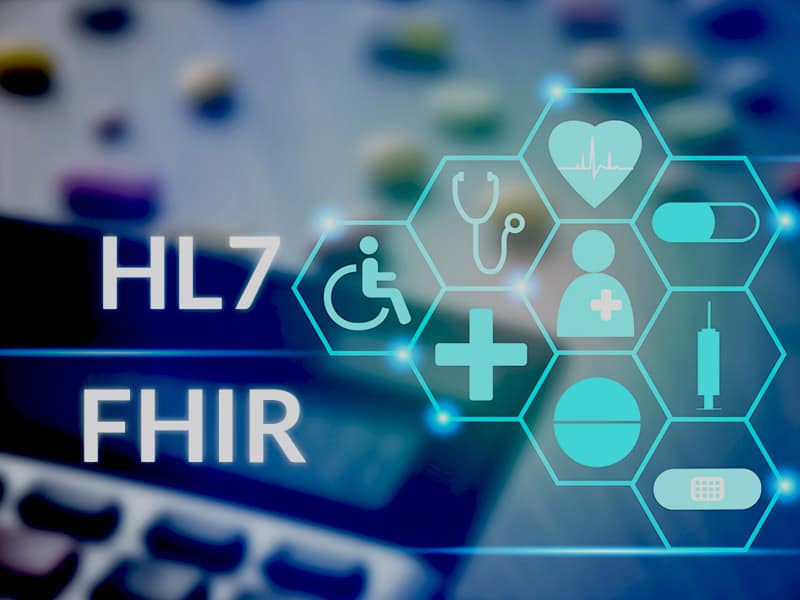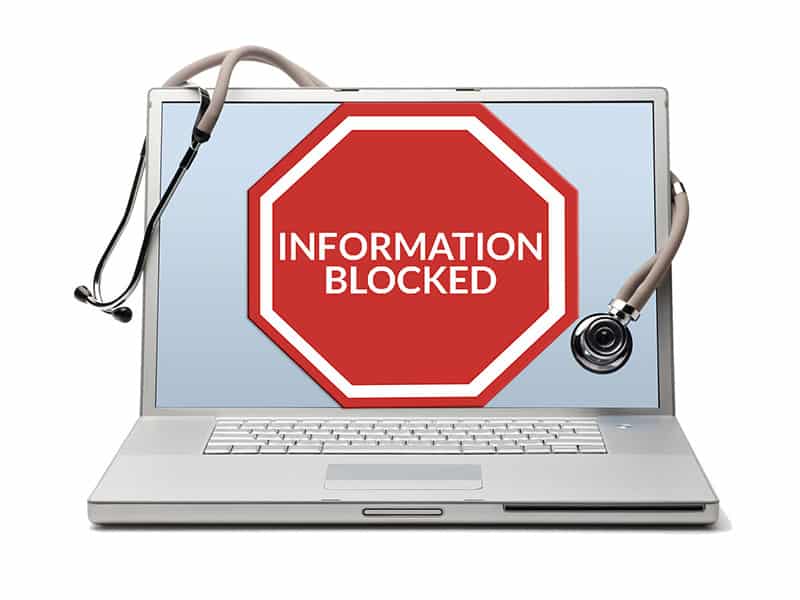How Automation Can Reduce Administrative Costs in Healthcare
DHHS Challenge: Reduce healthcare's administrative burden by 50% over 5 years.

“In most industries, what happens is that computers take over for people…What happens in healthcare administration is that people take over for computers.” This quote by David Cutler, Ph.D., professor of Economics at Harvard was made before the Senate Health, Education, Labor & Pensions (HELP) committee in July 2018. According to the article in Healthcare Finance, Mr. Cutler recommended to the committee that the Department of Health and Human Services reduce healthcare’s administrative burden by 50% over the next 5 years.
So what’s up with the U.S. healthcare industry’s administrative costs? Is there a reason the U.S. is number one in the world when it comes to healthcare administrative spending? And what is it that other industries have learned that healthcare hasn’t? With the healthcare industry so focused on data exchange between electronic health records (EHRs) and other core operational systems for the purposes of value based reimbursement, it’s easy to miss the administrative cost savings and error elimination generated by automating specific point of care workflows, be they in a physician practice, an Emergency Room, laboratory, radiology center, or any other acute or ambulatory setting. It’s also easy to miss the impact these administrative processes are having on our physician workforce.
Physicians are being pounded daily with a barrage of tasks that have little, if anything, to do with their medical training. In an article published in The Washington Post, Dr. Daniel Marchalik describes an all too familiar scenario of a colleague who decided to leave her “dream oncology job” to work for another practice. Why? “Because the work that she loved was only a fraction of her job — glimpses of patient care were lost in a sea of administrative tasks.” Dr. Marchalik goes on to cite recent studies that have found that burn out from administrative burdens are driving physicians to go part-time, change practices, or leave the profession altogether. A study published in Health Affairs echoes this same sentiment. 23% of a workday spent sifting through system generated messages in their EHR inbox is driving family physicians to consider reducing their clinical hours.
And it’s not just the physicians. Administrative staff are overwhelmed by the mountain of tasks they face on a daily basis, too. In fact, a Medical Group Management Association poll found a 10% turnover rate across both clinical and administrative employees from nurses to the front desk staff.
In our next series of blogs, we’ll explore a number of manual clinic workflows that can be automated to improve patient care while reducing administrative costs and burden, including:
- Closing gaps in care for Accountable Care Organizations (ACOs) and Clinically Integrated Networks (CINs) that would have otherwise required manual follow up by clinicians.
- Probing alternative means of integrating with Immunization and PDMP (Prescription Drug Monitoring Program) Registries that saves time and puts valuable insights directly back into clinical workflows.
- Extracting data from EHRs that Interoperability simply cannot reach and pushing that data to Health Information Exchanges (HIEs), Prepaid Health Plan (PHPs), and even Care Management systems.
- Exploring ways to bind preregistration systems, non-conforming labs, billing, and even telemedicine to EHRs so that clinicians have the data they need, when they need it and without additional follow up or human intervention.
Mark Dunnagan VP Health Informatics
Table of Contents



